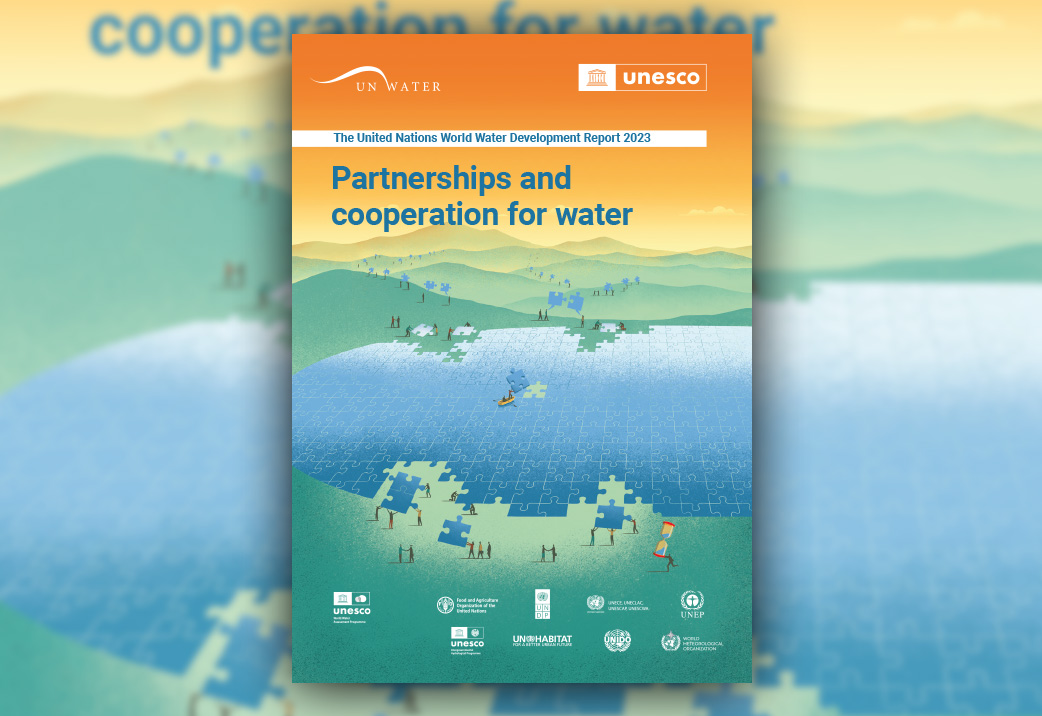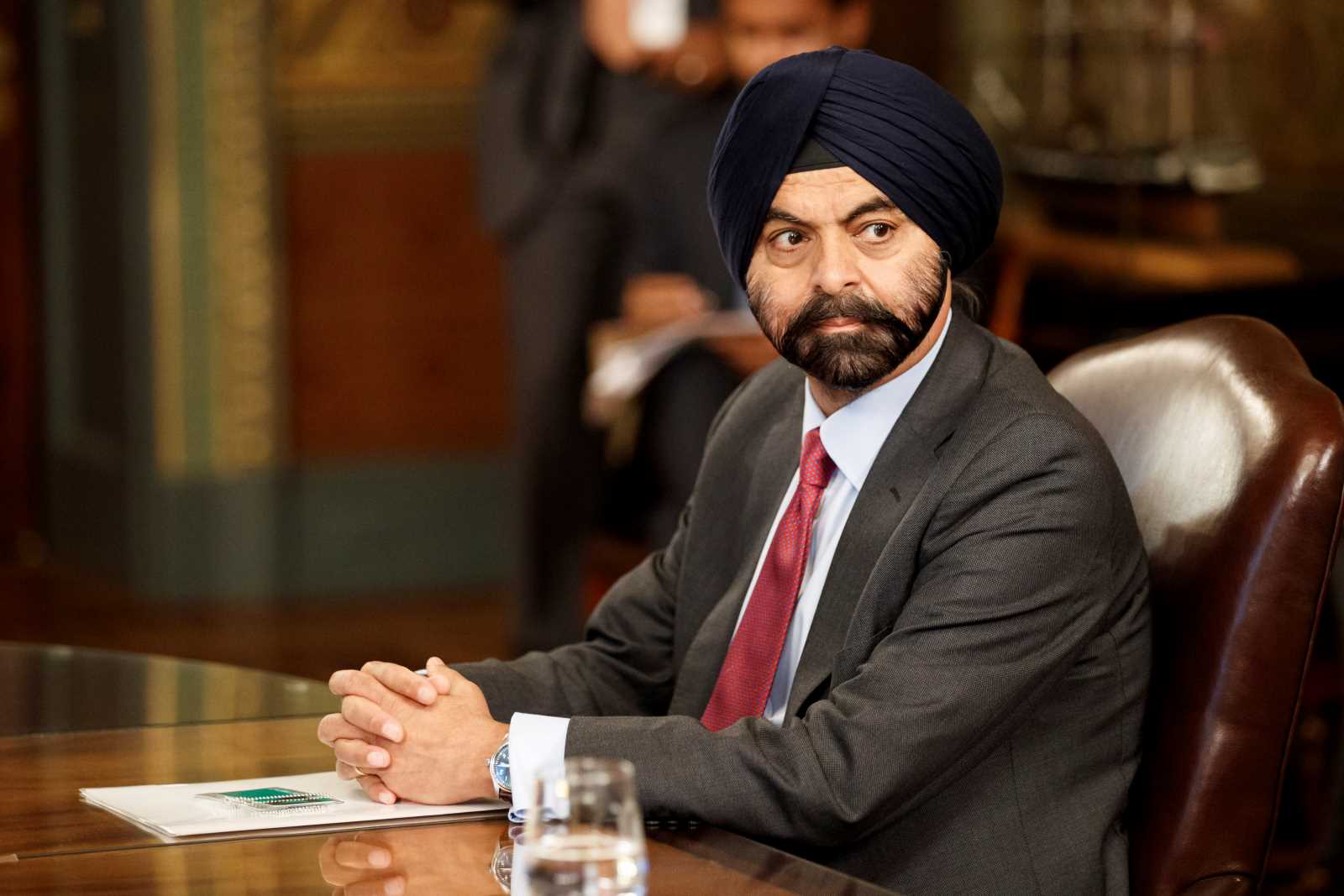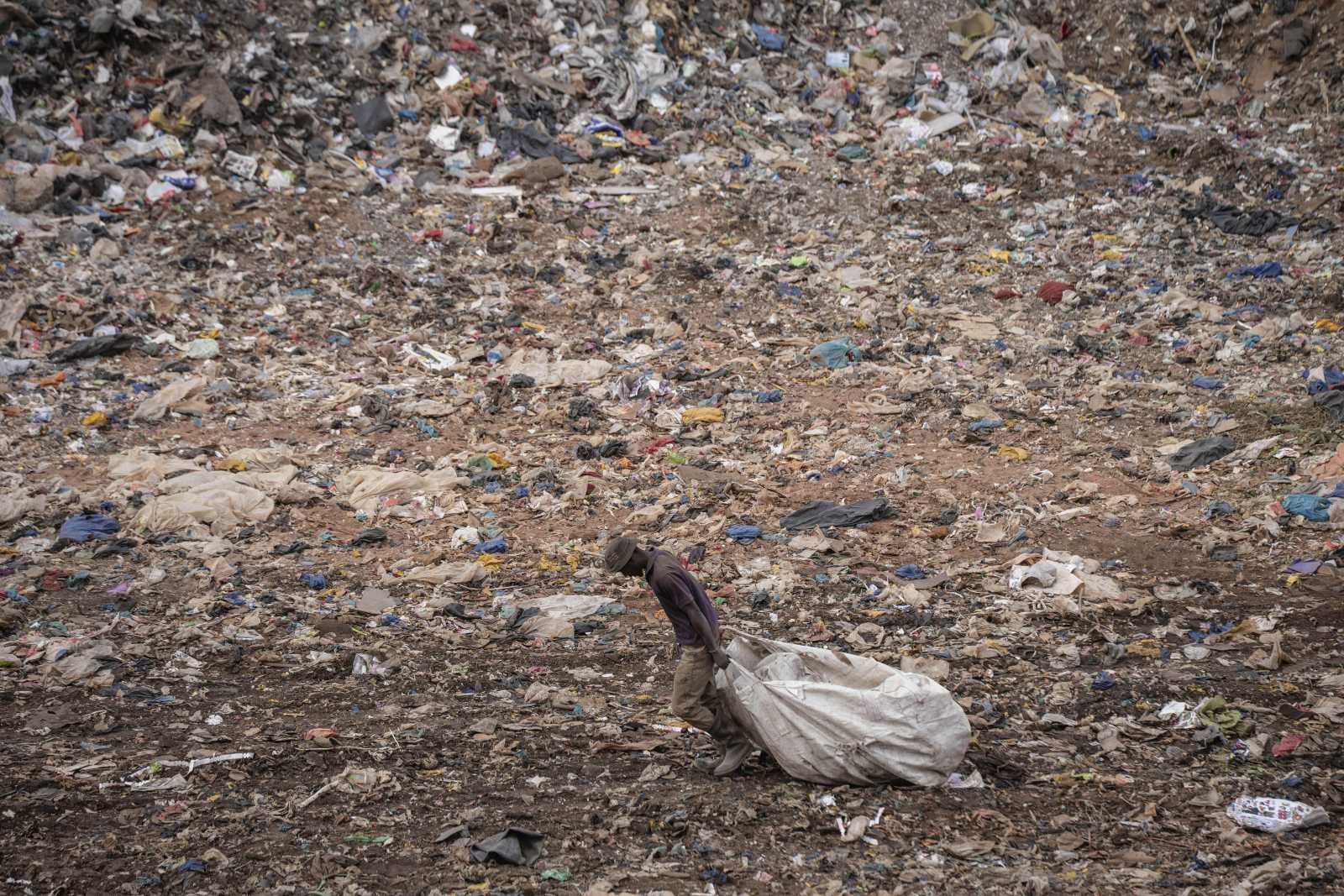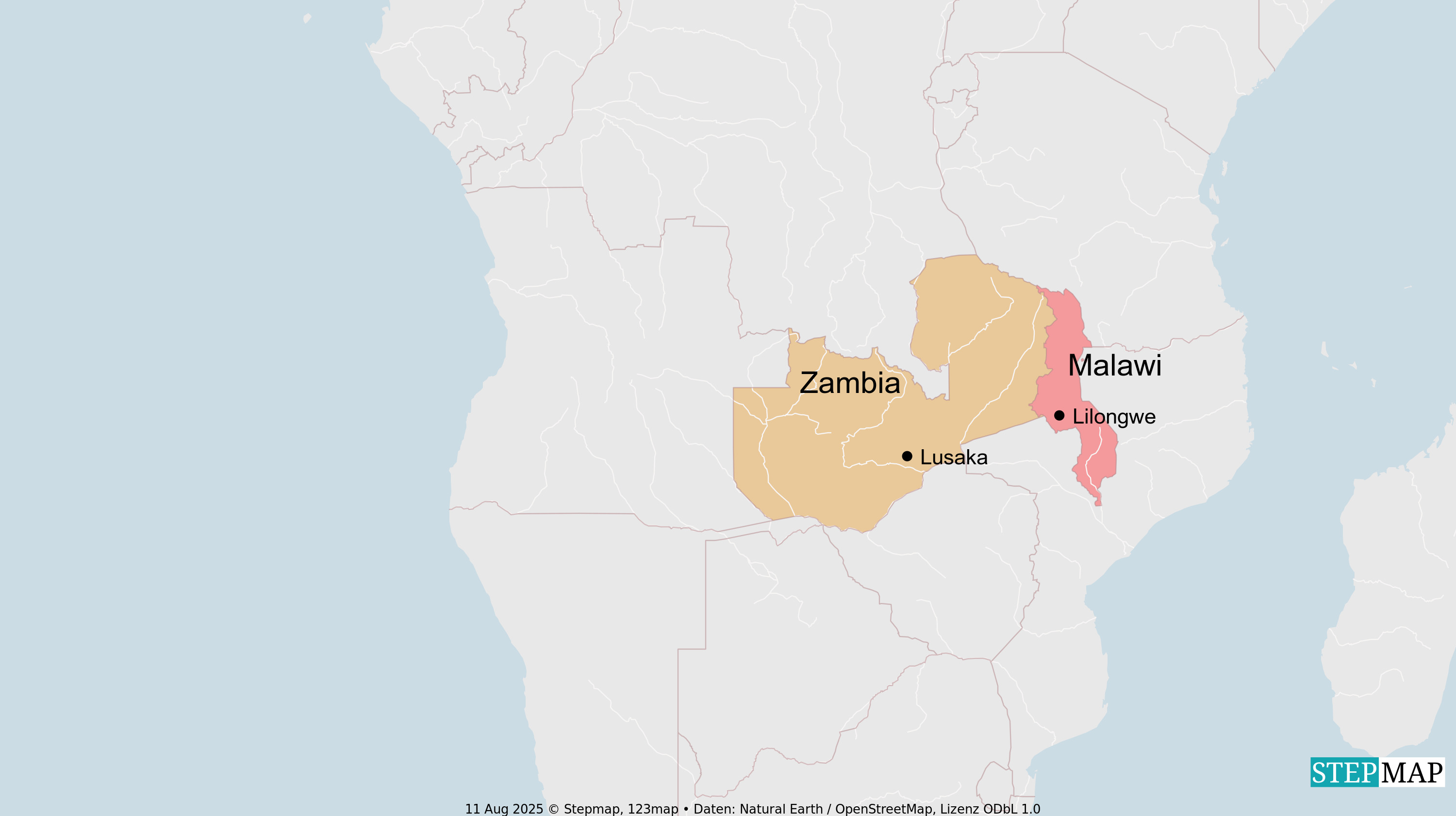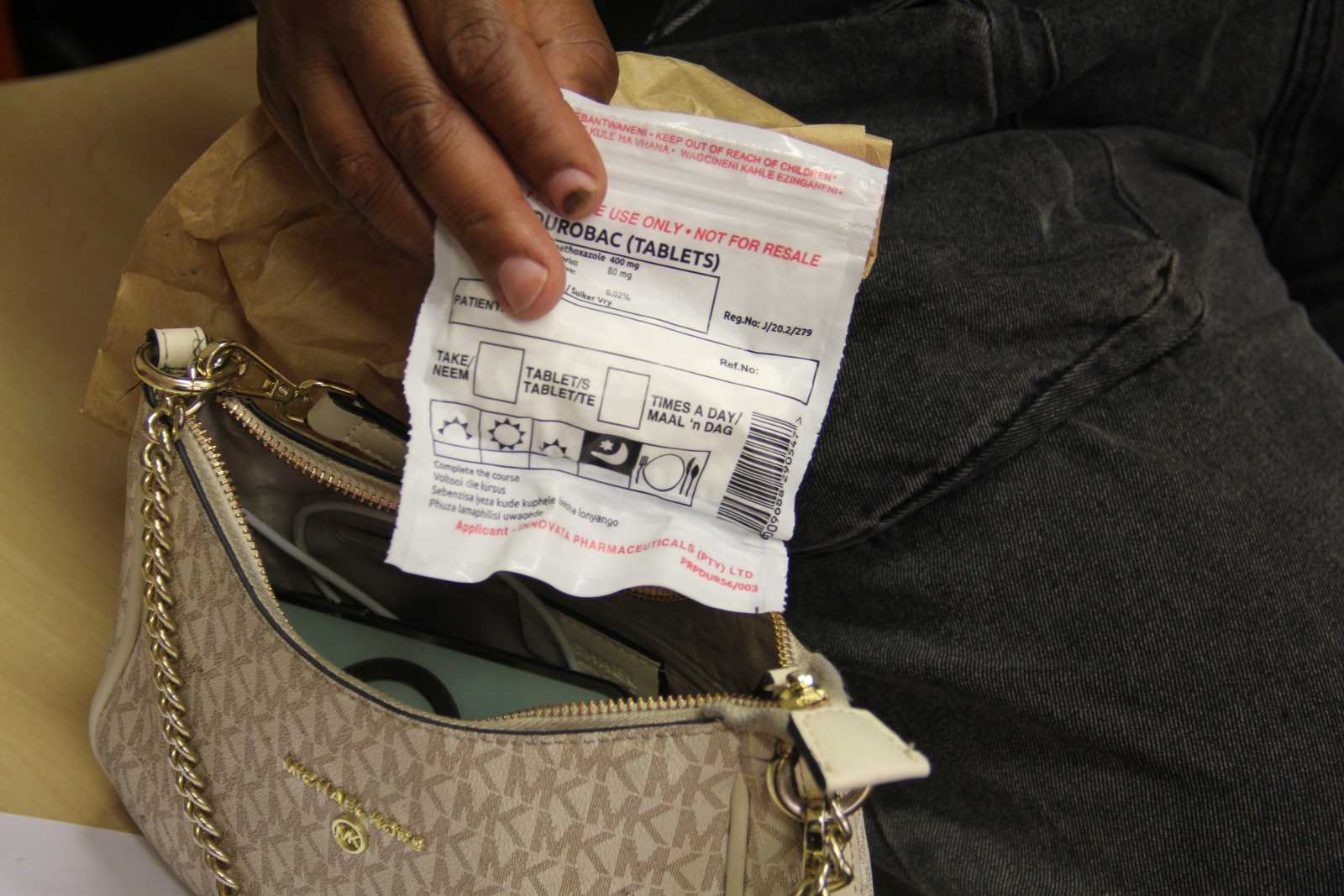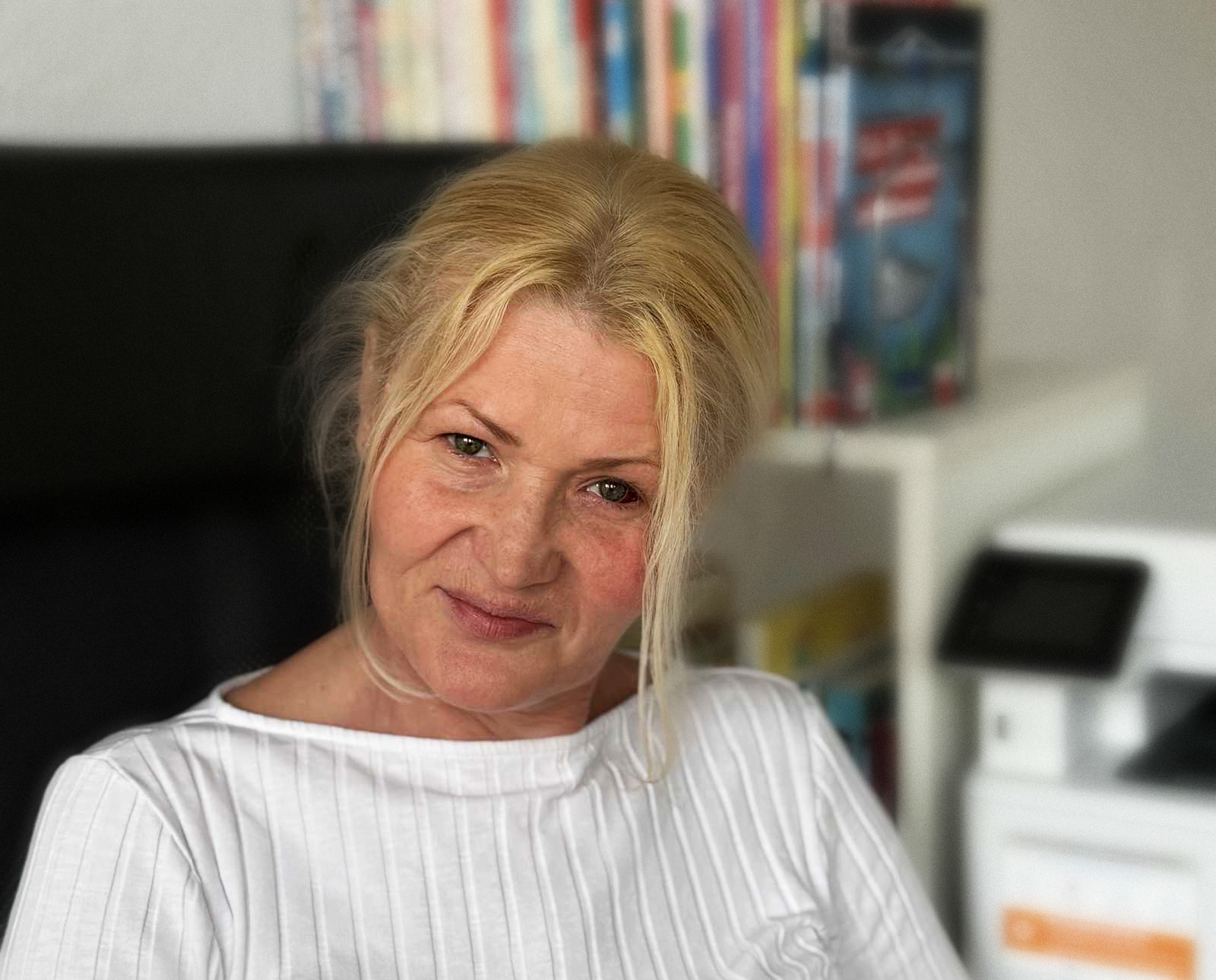Post-2015 debate
Promising foundation
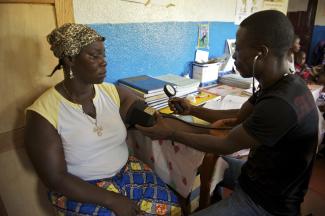
Not all MDGs will be achieved in time, and it is unsure that the MDG pledges were really the cause of the progress made. What was the tangible impact of the MDGs?
It is true that scientific methods do not allow us to prove that the MDG agenda is at the root of development success. It is plausible to argue, however, that the thrust of the international discourse and development cooperation helped to make both national governments and international organisations take the respective topics seriously. Moreover, my institute has published studies on the impact of the budget support that donors grant national governments and their line ministries, and the data shows that more money was spent on social sectors such as education and health care.
So humankind needs a new wish list, which will again not bind any one?
Well, the real issue is what the global development priorities will be in the next two decades. That is at stake in today’s debate, which is really more about the follow-up for the Millennium Declaration, which spelled out principles for development in 2000, than about defining a new set of goals like the MDGs, which were based on the Millennium Declaration and used defined quantified targets. The MDG agenda’s strong point was its plain and convincing clarity. The goals were easy to remember and easy to use in political communication.
And, at closer look, they added up to an agenda of boosting the education and health sectors in developing countries. The proposals the High-Level Panel – HLP for short – has made for the years after 2015 are less tangible and not quantified yet.
That’s right, but you’d be wrong to expect anything else. International debate simply has not arrived at the stage of defining tangible goals yet, but the HLP report is a good start. And I’d say the same of the report that the Sustainable Development Solutions Network – SDSN for short – published on assignment from UN Secretary-General Ban Ki-moon in June. The SDSN, of which DIE is a member, is part of the process that is meant to lead to Sustainable Development Goals. It is a good sign that both reports are really promising.
In what sense?
Well, it is most welcome that both reports state that it does not make sense to define separate agendas for sustainable development and for fighting poverty. In other words, the consensus is emerging early on that there really should only be a single, coherent world agenda, which means that the chances of actually getting an agenda have improved. It has become very unlikely that the two processes will not become a single one.
But aren’t there trade-offs? Environmental protection can slow down action on poverty. Without chemical fertilisers, for instance, agricultural productivity will not rise as fast, so farmers’ incomes will suffer.
Yes, such linkages exist, and we will have to check in every case what the impacts of a specific policy will be and who will bear brunt. That is obvious. But it is equally undeniable that non-sustainable economic activity will only compound problems of poverty by undermining the natural environment human life depends on. We know that environmental degradation always hurts the poorest people most. The best approach to preventing poverty is climate-compatible, resource-efficient development that respects our planet’s boundaries. This has been proven in studies time and again, and it is now spelled out in reports of the HLP and SDSN. We cannot choose between fighting poverty and protecting the environment. We need to do both.
What else is promising in the HLP report?
The report is aware of the core challenges humanity is facing, and for good reason, it demands five “transformative shifts”…
... these five shifts concern:
- the fundamental equality of all people,
- environmental sustainability,
- socially inclusive economies,
- peace and accountable institutions and, finally,
- multilateral cooperation to promote the first four shifts.
Precisely, and this list makes perfect sense. In my eyes, it is very important that the HLP wants a global agenda that concerns all nations and not only one that concerns developing countries. That is something we can work with. The emerging markets and the developing countries would no longer accept goals to be defined for them, but not for OECD members as well. And indeed, the established economic powers and the emerging markets are the ones that must do most to achieve environmental sustainability. It is most welcome, moreover, that the ten points the SDSN report recommends are compatible with the HLP ideas. That shows that there is something of an international consensus on where we stand and what the future priorities for development must be.
But that is not worth much unless it is followed up by multilateral action. However, it does not look like we will get a global climate agreement that will really limit global warming to two degrees on average. We need effective regulation, not beautiful words.
Yes, we need binding agreements, and I hope that we will get them. Multilateral policymaking, however, is done at several levels, and it makes sense to work at the level that is below the one of binding international treaties. This level matters too. For various reasons, several governments – including those of some emerging markets and the USA – shy away from stringent rules. They are more likely to accept non-binding goals. But as progress will be monitored, such goals will allow us to name, blame and shame those who are not performing well. Some international agreements are hard, others are soft, and the latter are certainly not worthless.
But we need more.
Of course we do, but soft agreements help to guide international debate in the right direction and put pressure on those who are dragging their feet. The soft agreements can help to make the hard agreements come about. It is a fallacy to believe that environmental sustainability will be achieved in a single, big-bang kind of agreement. We are looking at complex dynamics of change. Things are happening at various levels, and progress is triggered in several ways. Some 20 to 30 countries all over the world have adopted targets to decarbonise their economies in the next decades. The countries that succeed and even prove that decarbonisation goes along with jobs and productivity will put all other countries under enormous pressure to follow their example.
What are the shortcomings of the HLP report?
In my view, there are four:
- The report lacks a short and simple message. It basically provides a comprehensive roadmap on how to link human development to sustainability. That is necessary, but somewhat abstract. As I said before, international debate has not advanced far enough yet to define a tangible agenda as the MDGs were.
- The report hardly tackles the relevance of the emerging markets and rising powers. The world has changed dramatically since the Millennium Declaration. China, India, Brazil and other countries have seen fast economic growth. Their political clout has grown. The expansion of their middle classes, however, implies more and environmentally problematic consumption. The countries concerned are quite diverse and internally fragmented. They have centres of progress as well as backward areas. In any case, there are very many very poor people in the emerging markets. However, the governments of these countries must definitely assume more responsibility than was evident in 2000, and that must be acknowledged at some point. The HLP report does not do so. There probably was no consensus on the matter.
- The report mostly spells out what can and must be done at the nation-state level. Even though it calls for a new global partnership, it hardly mentions global public goods. It would be good, however, to define goals that relate to things like stemming tax evasion, protecting the oceans from acidisation or redesigning energy systems on the basis of non-fossil technologies. Nation states, on their own, cannot rise to challenges of this kind. Multilateral action is needed, and it must involve international organisations too. All players must rise to their responsibilities, and global goals would contribute to building the necessary pressure.
- The report does not say anything about funding.
In September, the UN General Assembly will deal with the matter, and by 2015, it is expected to adopt a new agenda. Will the talks dilute the issues or will they correct the flaws evident so far?
That remains to be seen. Different kinds of negotiating strategies are possible. Governments that do not really wish to act will probably try to widen the agenda and stick to general terms that sound nice but do not mean much. On the other hand, the governments that want to press ahead can say, we have a good framework, so lets move on and define core issues and agree on quantifiable indicators.
What would those core issues be?
I think three overarching issues are relevant, and they could be communicated easily:
- The elimination of poverty – Both recent reports demand that absolute poverty must all but end by 2030. It will probably never be possible to end poverty completely, but a maximum number of 250 million poor looks achievable, so that must be the goal.
- Decarbonisation and radical reduced resource use – Prosperity must become possible without greenhouse gas emission and with much less resource consumption in general. Such decoupling can be measured.
- A new understanding of wellbeing in the 21st century – We need an understanding that fits our entire species, respects planetary boundaries and emphasises that a good life is not just about material wealth. Good indicators on these matters would be helpful.
What is the real problem, poverty or inequality?
Your question is misleading because both are huge challenges. Today, about 1 billion people must cope with a purchasing power of up to one dollar per day. Another two billion must do with up to two dollars. To change that is a huge challenge. Inequality is problematic too, with severe consequences ranging from marginalisation to violent crime and from political instability to ecological destruction. Research has been done on what people consider a good life, and it turns out that they want an appropriate level of consumption, but beyond that, they want health and education, political participation, accountable institutions, a clean environment and no violence in everyday life. The interesting thing is that the countries with Gini coefficients that indicate relative equality tend to perform better on these matters than societies with more pronounced inequality.
Dirk Messner is the director of the German Development Institute / Deutsches Institut für Entwicklungspolitik (DIE) in Bonn.
directors@die-gdi.de


